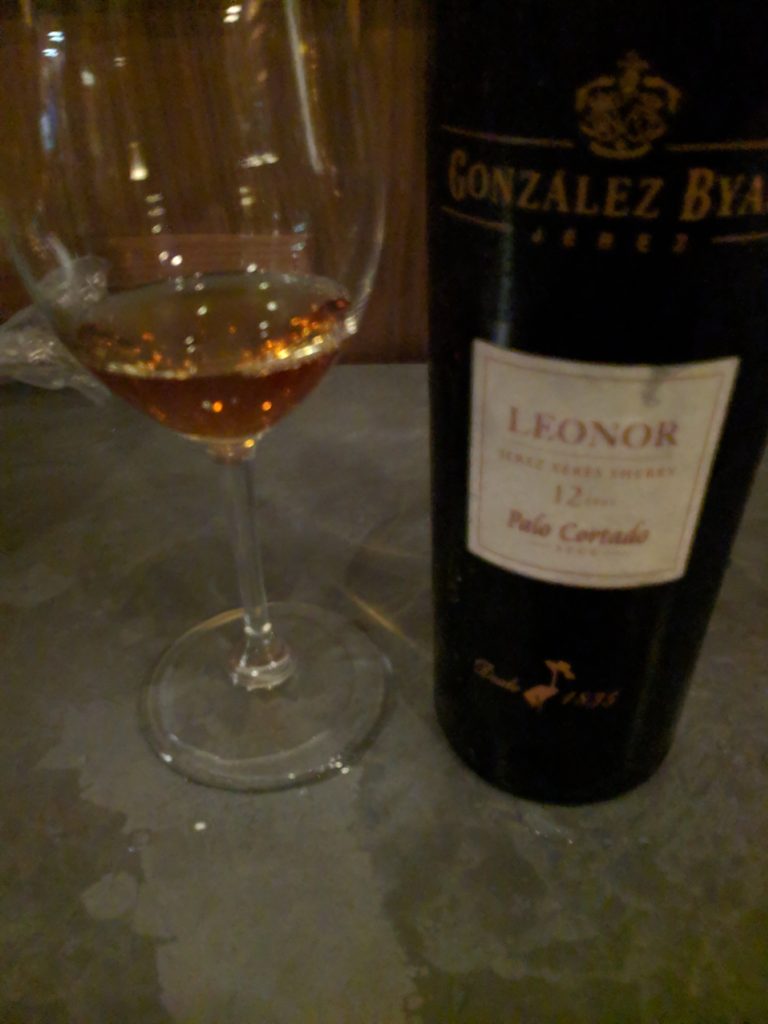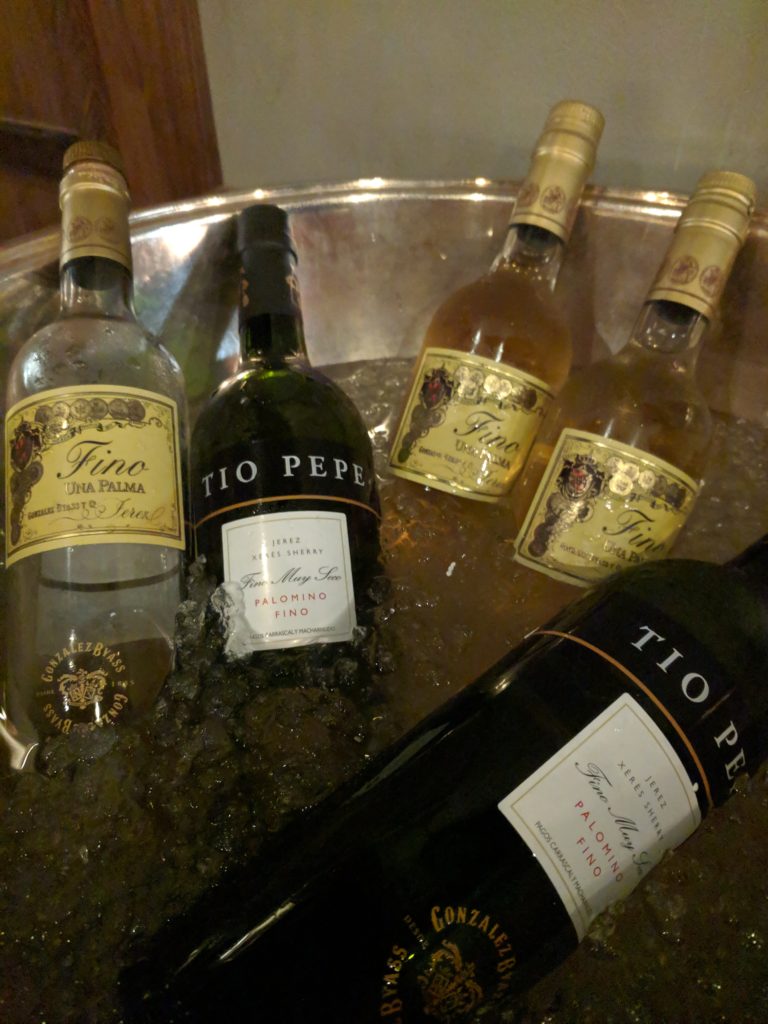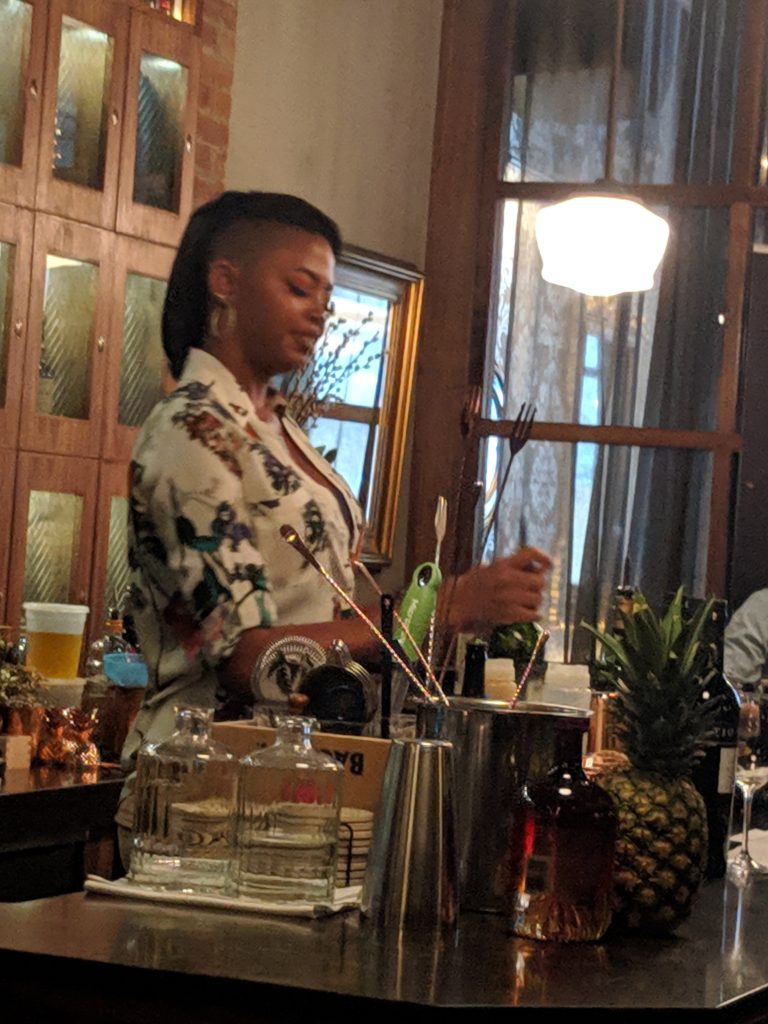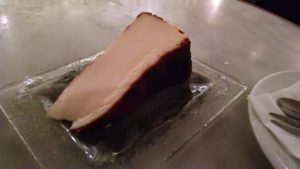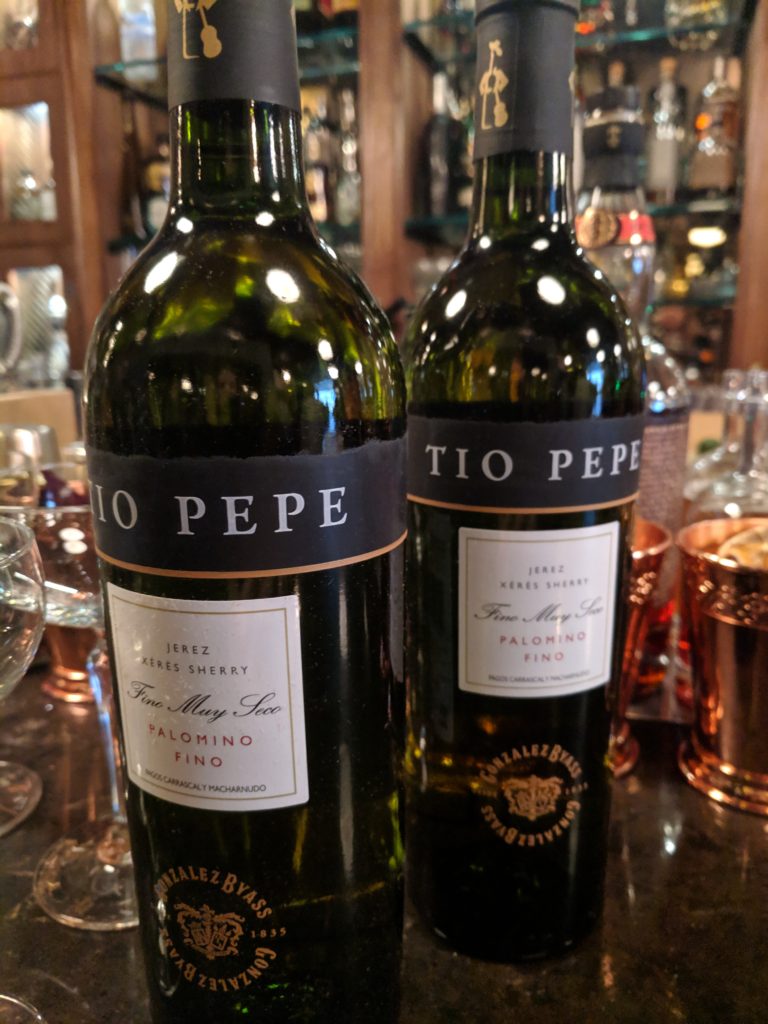
I have previously extolled the virtues of Sherry, but it bears repeating: Sherry is super food-friendly, delicious and produced in a wide range of styles suitable for nearly anytime and any occasion. Sherry is also super versatile, as was demonstrated earlier this month at the Tio Pepe Challenge.
The 2019 edition of the Challenge marked the sixth year of this international competition, which brings bartenders and mixologists head to head with the goal of crafting the perfect Sherry cocktail. Held in mid-April, the six national finalists converged in New York city at Osamil to compete.
Each person was required to complete a blind tasting, demonstrate their Sherry pouring technique wielding a venencia and last but not least, participate in a cocktail showdown. The competing cocktails featured different Tio Pepe products and ranged from sweet to super savory (toasted sesame seeds, anyone?).
Judged by Master Blender Antonio Flores, International Brand Ambassador Álvaro Plata, and Courtney Schiessl of The Tasting Panel, the U.S. Final saw Javier Ortega Diaz of Vegas’ The Libertine Social beat out Joshua Fossitt, Carlie Steiner, Tiana Dillard, Alexander Lazzari, and Patrick McDonald. As the winner, Diaz will travel to participate in the International Final on May 15 in Jerez, Spain.
Guests at the event could taste the cocktails and also had the opportunity to taste other Tio Pepe sherries, while enjoying a selection of oysters, tapas and other light bites. Overall, the Challenge proved that Sherry can hold its own in the bar setting as well as it does at the tapas bar or table.
Here is the recipe to the winning cocktail:
Sophia by Javier Ortega Diaz, The Libertine Social, Las Vegas. WINNER
2 oz. Tio Pepe Fino Sherry
¾ oz. blood orange liqueur
½ oz. freshly squeezed Lime Juice
½ oz. homemade kumquat, rosemary, thyme syrup
1 oz. homemade sparkling hibiscus water
Garnish with slice kumquats, rosemary, thyme, and edible flowers.

